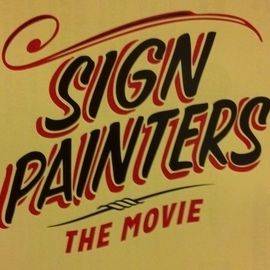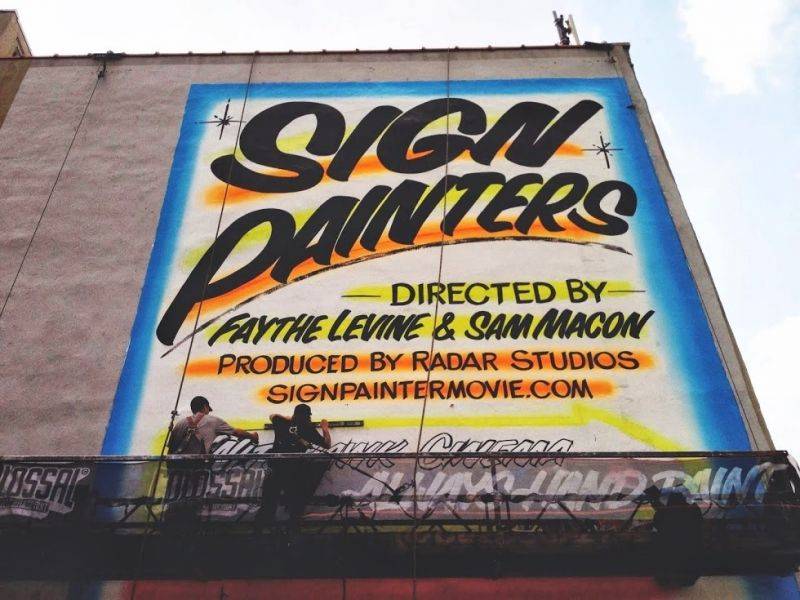
It seems to me that the theme of this summer has been “Art is vanishing around you, Thom Schnarre! Attention Must Be Paid!”
It started with an article in Entertainment Weekly detailing the desexualizing of romantic films by corporate studios hell-bent on garnering those elusive PG-13 dollars, because nothing says financial clout and artistic integrity more clearly than a twelve-year-old moviegoer. The article discussed the watering down of adult content and artistic quality of major studio films to make a buck. This was followed by a documentary on HBO entitled Casting by… which details the impact of several casting directors on modern classic cinema and how both sexism and the corporate interest has lead to a lack of respect for the profession and the casting of inferior talent based upon their “brand potential” for the franchise and the profits they make for corporate studios.
The latest catalyst for me fearing for our future is the focus of a documentary by Faythe Levine & Sam Macon, entitled Sign Painters: The Movie. The film will screen on September 4th at 7:00 PM at the Parkland College Theatre. 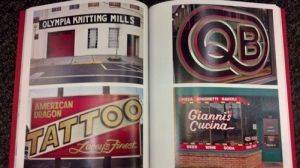 The film shines a spotlight on the vanishing art of sign painting and those who still practice it. Like other art forms, it is being threatened by the use of cheaper and less artistic methods of sign production. In the doc, the artists discuss their art with passion and nostalgia, and it’s a surprisingly moving piece on the price of progress and automated alternatives in our current times. The film screening will be followed by a panel discussion of local sign painting artists, hosted by Parkland’s Paul Young. I had the opportunity to discuss this film and its premiere via email with Young, and below are his thoughts on the film’s screening and the art form it depicts.
The film shines a spotlight on the vanishing art of sign painting and those who still practice it. Like other art forms, it is being threatened by the use of cheaper and less artistic methods of sign production. In the doc, the artists discuss their art with passion and nostalgia, and it’s a surprisingly moving piece on the price of progress and automated alternatives in our current times. The film screening will be followed by a panel discussion of local sign painting artists, hosted by Parkland’s Paul Young. I had the opportunity to discuss this film and its premiere via email with Young, and below are his thoughts on the film’s screening and the art form it depicts.
********
Smile Politely: Hi, Paul! What attracted you to becoming involved with this presentation of Sign Painters: The Movie? Is this a Parkland Fine Arts event or a community-inspired screening?
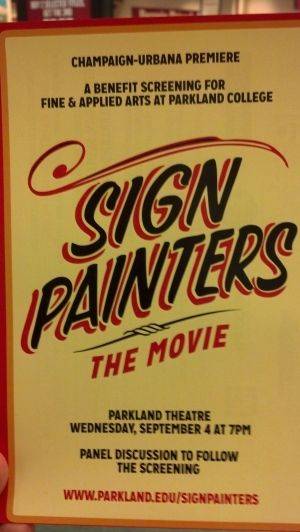 Paul Young: We’ve done movie premieres before. We hosted the local premiere of the films Helvetica, Typeface, and Linotype. After each screening, we had a panel discussion just like they do at film festivals. In fact, the filmmakers were present at two of these premieres. Obviously, documentary films about graphic design have a limited appeal, and these films will never play at the Savoy 16. So hosting premiere events helps bring attention to these little films with big stories to tell. Linotype was our biggest success in terms of attendance. We almost sold out our 300 seats, and the audience consisted of a lot of community people who used to work in the graphic arts industry. (Several retired Linotype operators came out to see the film.) We’re hoping Sign Painters will also draw an audience of community people who have an appreciation for this almost-lost art.
Paul Young: We’ve done movie premieres before. We hosted the local premiere of the films Helvetica, Typeface, and Linotype. After each screening, we had a panel discussion just like they do at film festivals. In fact, the filmmakers were present at two of these premieres. Obviously, documentary films about graphic design have a limited appeal, and these films will never play at the Savoy 16. So hosting premiere events helps bring attention to these little films with big stories to tell. Linotype was our biggest success in terms of attendance. We almost sold out our 300 seats, and the audience consisted of a lot of community people who used to work in the graphic arts industry. (Several retired Linotype operators came out to see the film.) We’re hoping Sign Painters will also draw an audience of community people who have an appreciation for this almost-lost art.
SP: How does this relate to current graphic design trends?
Young: Like Helvetica, Sign Painters shines a spotlight on something non-designers like to ignore: typography. Both films point out the beauty of typefaces and how prevalent they are in our lives. Like Typeface (about the art of letterpress printing), Sign Painters features a new generation of designers who are reviving antiquated processes and putting a new spin on an old craft. Like Linotype (about the machinery of mechanical metal typesetting), Sign Painters pays respect to the invisible craftsmen who have helped shape our perception of the world. If there was a graphic design film festival, these four films would be on the top of my list to program. All of them point to a new trend of rebelling against digital technology and finding a new appreciation for hand-crafted quality. It looks like this trend will be with us for quite a while.
SP: What can an attendee expect from the evenings screening and panel discussion?
Young: A great film, and some great stories. If you haven’t seen the trailer, you should. [Editor’s note: see below.] It’s beautiful and heartbreaking. And our panelists are an amazing group. All of them are old-school sign painters, some with decades of experience. Some are retired while others are still active. All of them will have great stories to share. It took a while to find them all, but we’re very proud to be able to bring these folks together to honor their craft. Some of them will be bringing stuff to share, which we’ll put on the tables in the lobby.
SP: Who are the panelists, and what was their involvement with the work?
Young: I have to give Steve Parker a big “thank you” here. I met Steve through Kip Pope, the former owner of C&U Poster Company–the local billboard company that was sold to Adams Outdoor. Kip told me that Steve knew everyone in town, and he was right. Steve and I chatted in his garage one evening, and he told me stories from the olden days. He dropped names, and I took notes. And from there, the panel was built, one panelist at a time. Among the panelists is Mack Kite, son of the late Bill Kite, who many in the profession consider the premier sign painter in the region. Jim North, the former owner of American Dowell Sign Company will be there as well. Jim tells me he might be bringing his mentor, John Meyers, who is now in his 80s.
SP: As a professor and professional graphic artist what do you find the most intriguing about the history of sign painters? Why is this an important part of your art’s history?
Young: All graphic design students have to take a graphic design history course. Like other colleges, we use a textbook to help teach the class. When researching 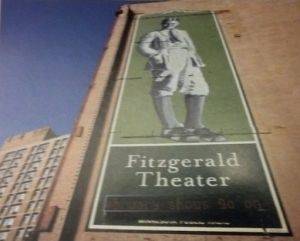 textbooks for Parkland’s design history course, I was not able to find a single book that included a chapter on 1950s graphics. But that doesn’t mean we ignore that decade. So I wrote a slide show for that period and called it “American Kitsch.” It features plenty of examples of hand-lettering in the casual and informal style that sign painters love to do. If you’ve ever used the font Brush Script, you were trying to evoke the heyday of sign painters in the 1950s. It’s one of my personal favorite periods in graphic design history, and I’m still shocked that historians deliberately choose to ignore it. Hopefully Sign Painters (both the movie and the companion book) will help correct this omission.
textbooks for Parkland’s design history course, I was not able to find a single book that included a chapter on 1950s graphics. But that doesn’t mean we ignore that decade. So I wrote a slide show for that period and called it “American Kitsch.” It features plenty of examples of hand-lettering in the casual and informal style that sign painters love to do. If you’ve ever used the font Brush Script, you were trying to evoke the heyday of sign painters in the 1950s. It’s one of my personal favorite periods in graphic design history, and I’m still shocked that historians deliberately choose to ignore it. Hopefully Sign Painters (both the movie and the companion book) will help correct this omission.
SP: What is the filmmakers’ major goal in assembling this documentary?
Young: First and foremost, this film is timely. If they waited much longer, there wouldn’t be many old-timers left to interview. In a way, it’s paying respect to an invisible art that hasn’t garnered much attention but deserves to be recorded in our history. It’s also nostalgic. There’s nothing like finding beauty right in front of you and then sharing it with the world before it’s gone forever.
********
One more time: Sign Painters: The Movie will have its premiere at Parkland College Theatre on September 4th at 7:00 PM. The companion book is available locally. (In fact, I spotted a display at the Champaign Barnes & Noble.) Check out the Sign Painters website for more information.








